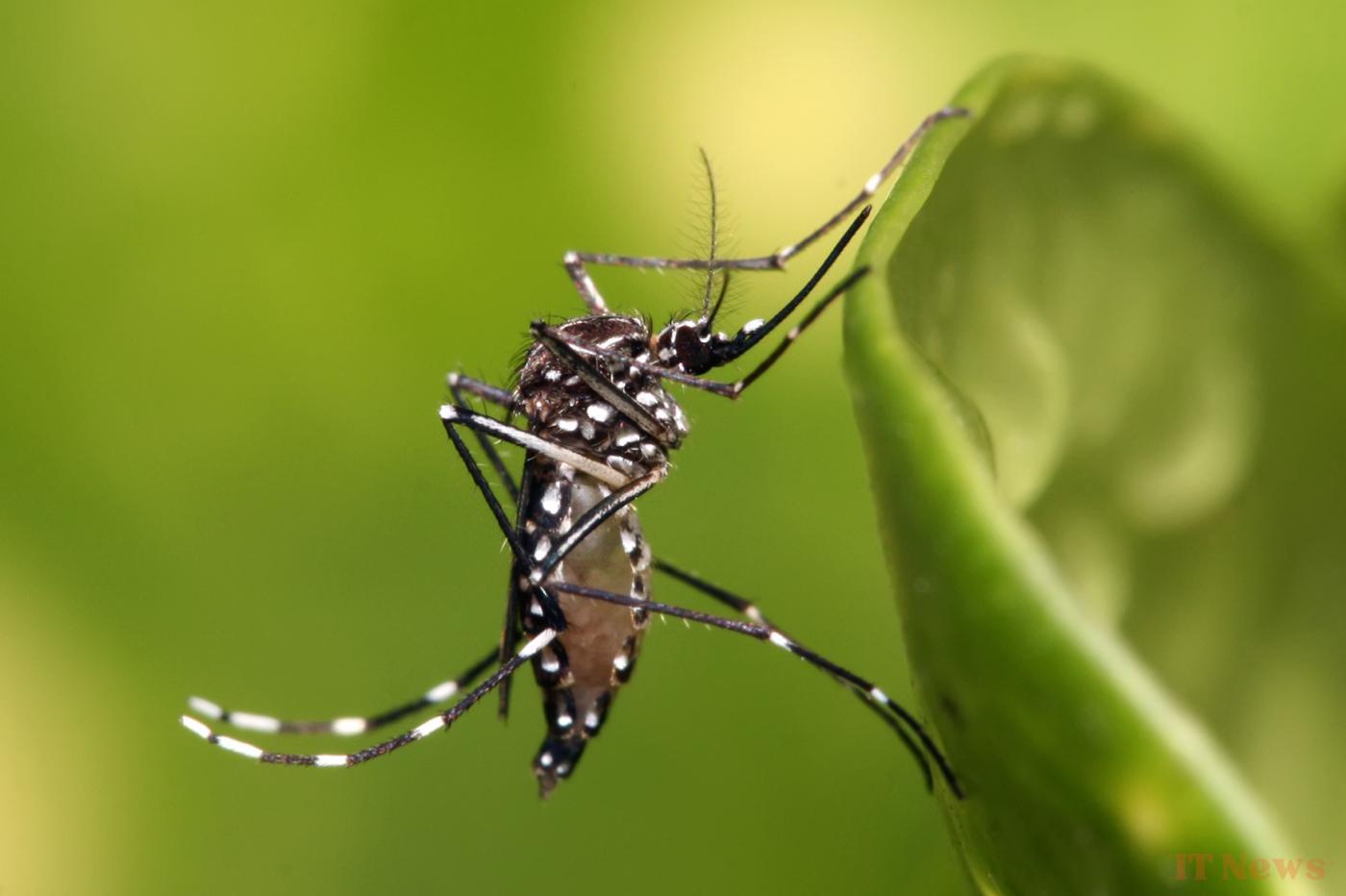Singapore's National Environment Agency (NEA) is breeding tens of millions of mosquitoes with the goal of releasing them into the wild. And its goal is quite counterintuitive: it's a way to combat dengue fever.
All the insects bred by the NEA belong to the same species, Aedes aegypti. It is one of those identified as potential vectors of the dengue virus, which infects several hundred million people worldwide each year. It isn't particularly dangerous, but according to the WHO, around 20,000 patients still die each year from acute forms of the virus.
In this context, a question arises: how could releasing millions of insects capable of carrying this virus help get rid of it? The answer lies in a bacterium called Wolbachia.
A bacterium that prevents reproduction
This alters the mosquito's physiology, with a very interesting consequence in this context. Indeed, even if the physiological mechanisms involved are not yet fully understood, Aedes aegypti infected with Wolbachia are no longer able to transmit dengue fever!
Better yet: when a male infected with Wolbachia mates with an uninfected female, there are cases where the eggs produced never reach maturity. Ultimately, if we think on a large scale, this has the effect of reducing the number of potential vectors of dengue.
This technique was originally developed by the World Mosquito Program, a collaborative research program that counts the Bill and Melinda Gates Foundation among its major contributors.
The approach itself is not new; the release of mosquitoes infected with Wolbachia has already been practiced for about ten years. Today, we find examples in Singapore, Australia, and New Caledonia.
In 2020, for example, FranceInfo published an article on InnovaFeed, a French start-up that has developed large mosquito nurseries specifically designed for this purpose. And professionals in the sector now have enough perspective to draw relatively solid conclusions. They affirm that this technique, which might seem a bit risky, works well.
Indeed, a study by the World Mosquito Program conducted on more than 300,000 people in Indonesia showed that the introduction of these mosquitoes infected with Wolbachia worked. It even helped to dramatically reduce the incidence of dengue fever. In the affected regions, there are now 77% fewer cases.
Pupae sorted using computer vision
But there remains a black spot on the picture. For a reason unknown to researchers, when both the male and female are infected with Wolbachia, it seems that the virus loses its blocking effect. The ideal would therefore be to produce only individuals of the same sex in these mosquito farms. And this is where the NEA's action differs from other projects of this kind.
According to this work identified by Undark, researchers from the institution have developed an automated sorting system based on machine learning. To do this, a computer vision system begins by scanning the pupae. This term refers to the intermediate stage of development of dipteran insects, between the larva and the final stage also called the imago.
The goal: to determine the sex of the mosquitoes before they take flight. The computer then identifies the subtle differences between female and male pupae in order to exclude the latter. Only females are thus infected with Wolbachia and released.
The researchers hope that this approach will further increase the effectiveness of this method. This is good news for the citizens of Singapore, where dengue fever continues to be a considerable public health problem.
Eradication is not the solution
But as annoying as they may be, mosquitoes are also key players in their respective ecological niches. For example, they are an important food source for many species of insects, arthropods, and birds.
It is therefore to be hoped that, in the long term, the World Mosquito Program will focus on another method capable of preventing the circulation of the most problematic viruses, but without completely decimating mosquito populations. Teams from Princeton University, for example, presented work along these lines last year (see our article below).



0 Comments